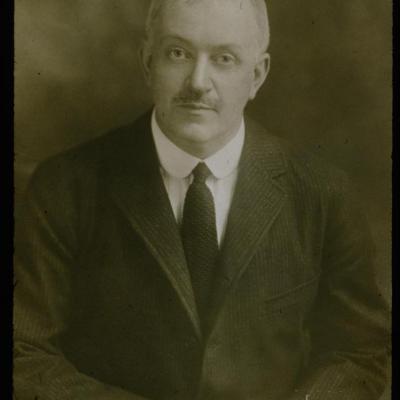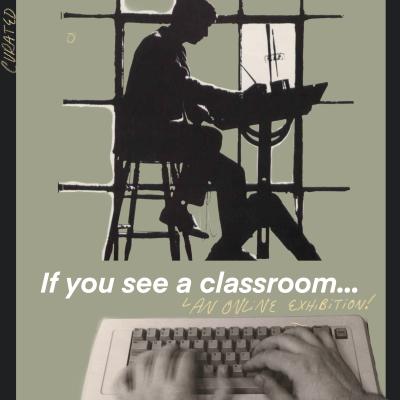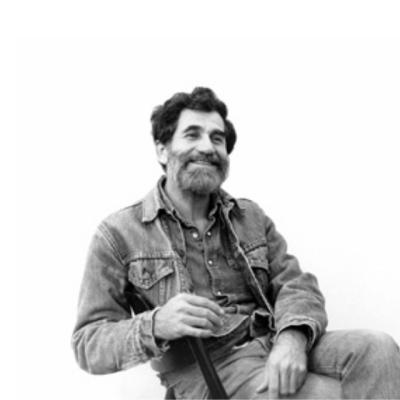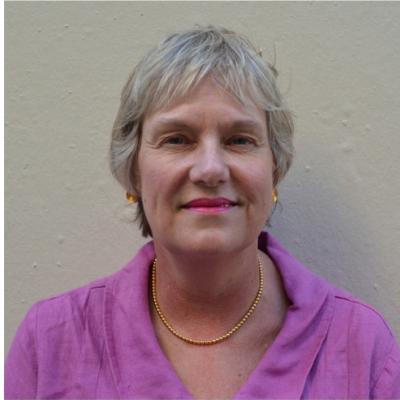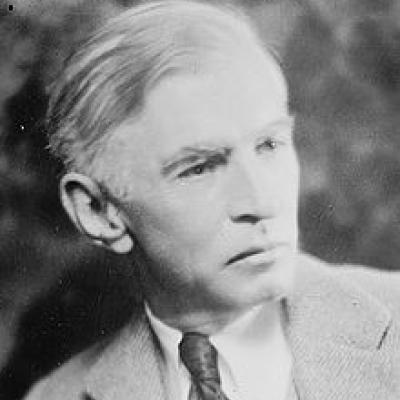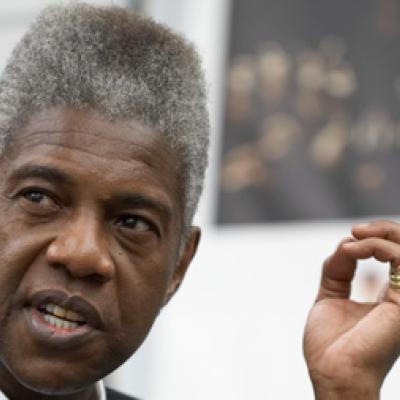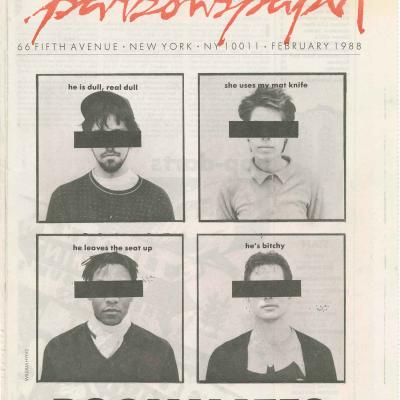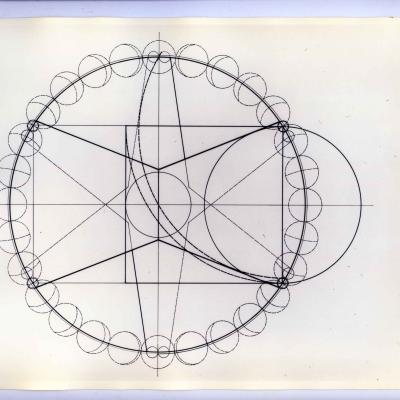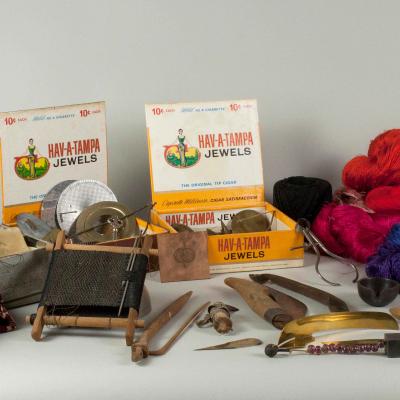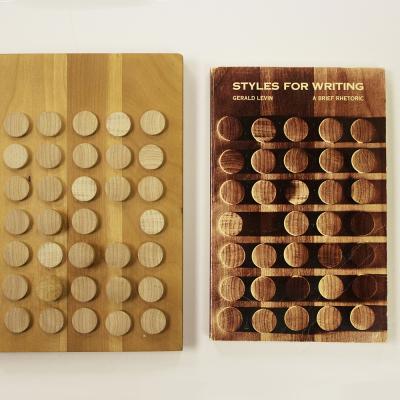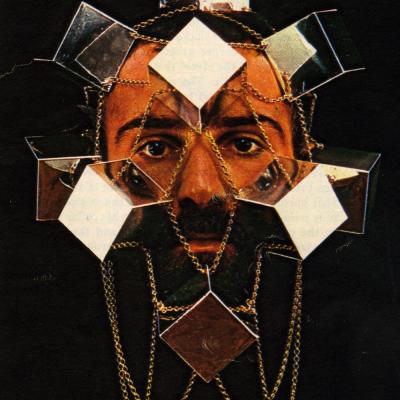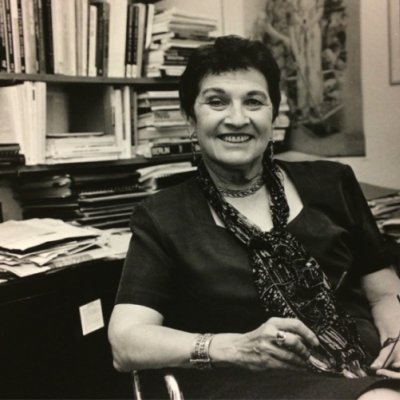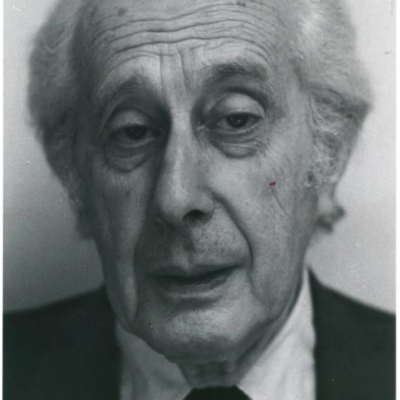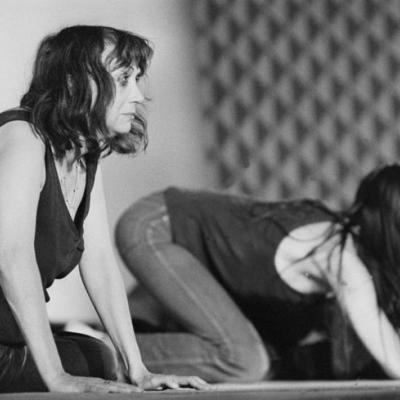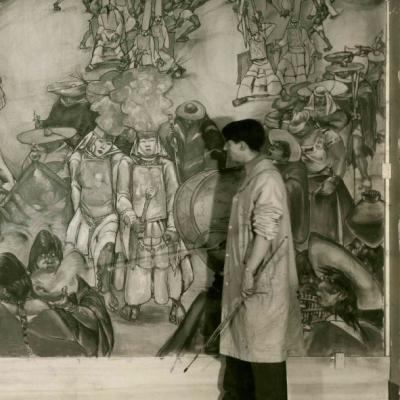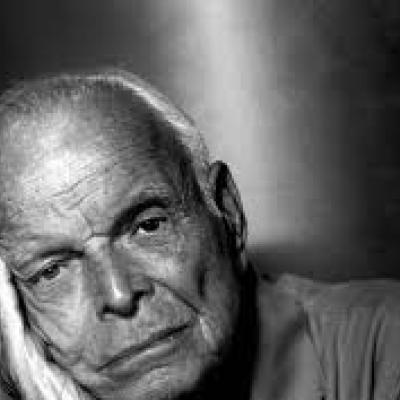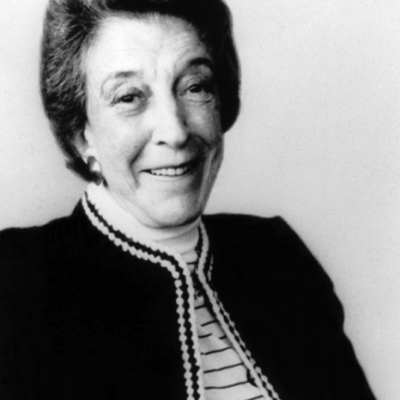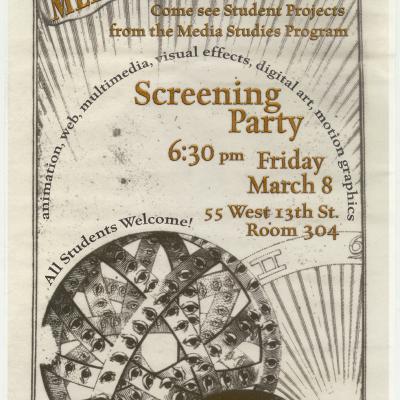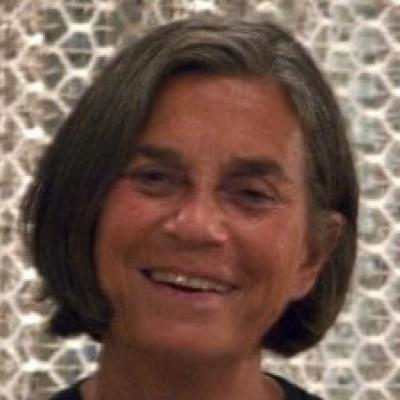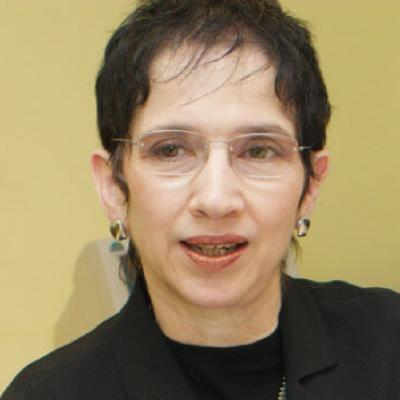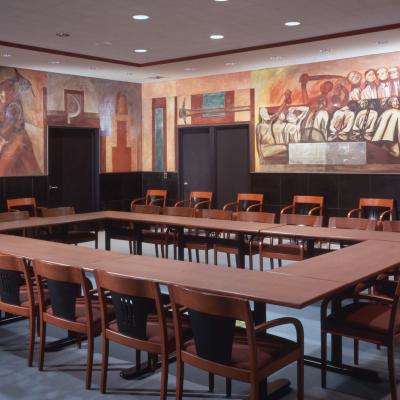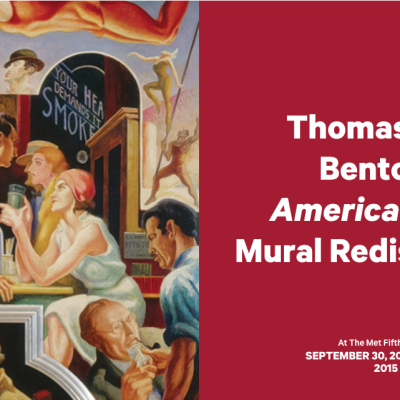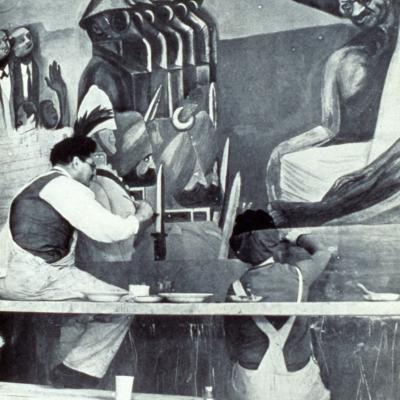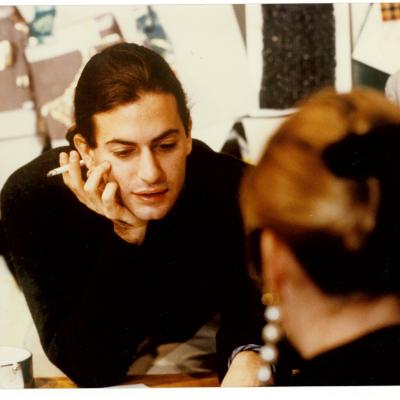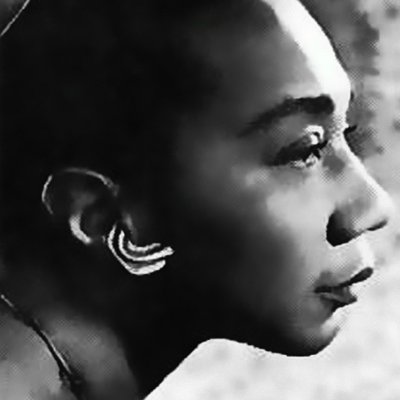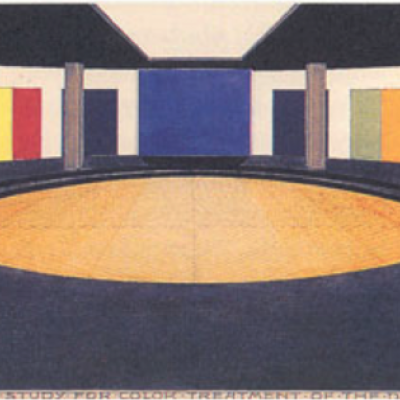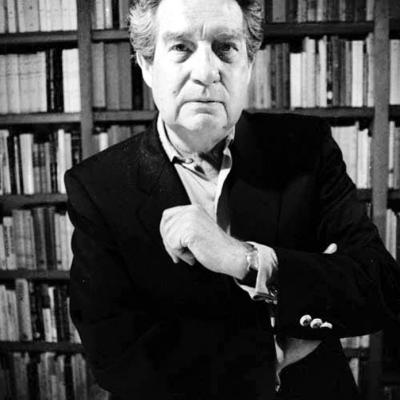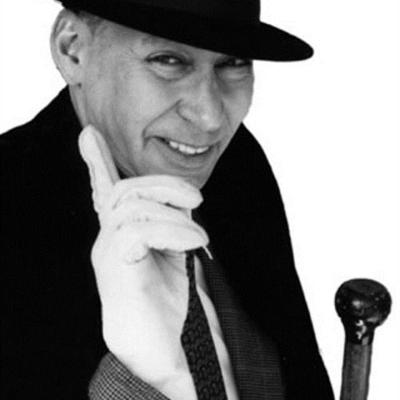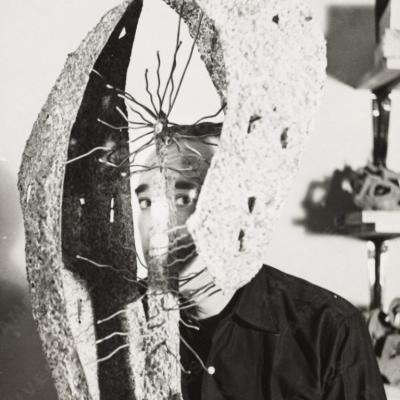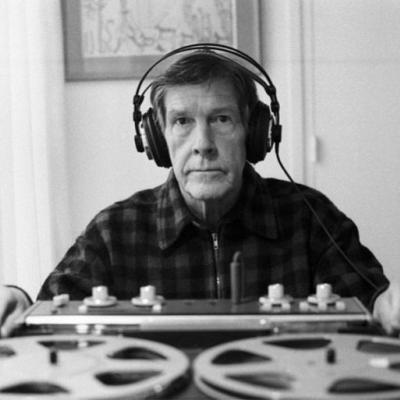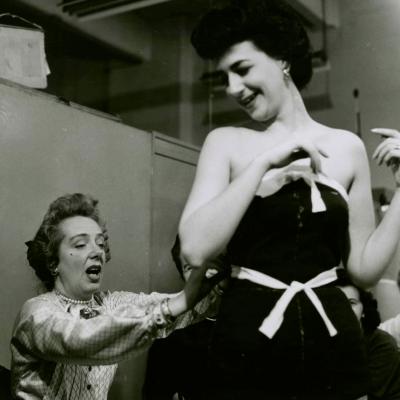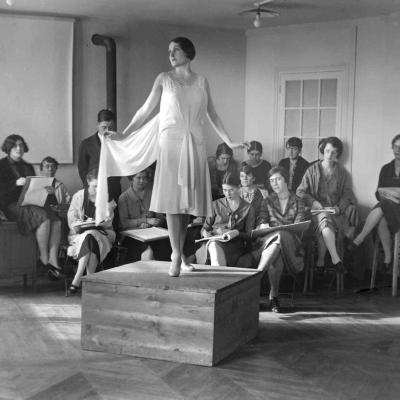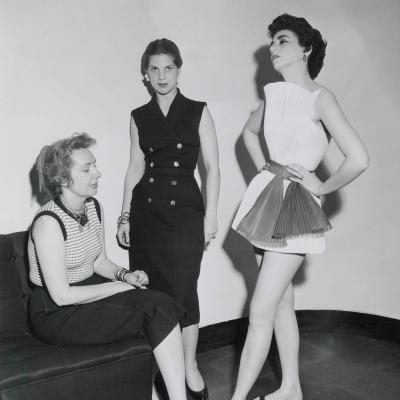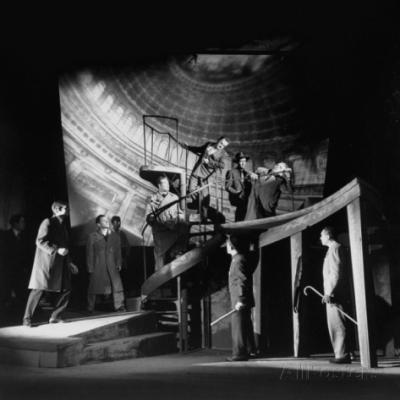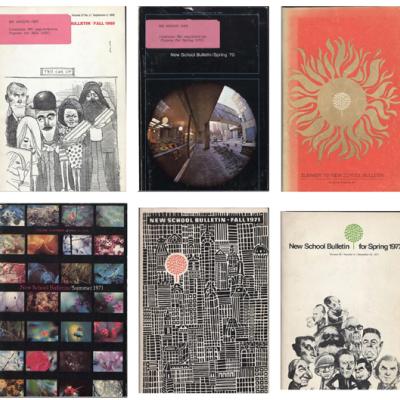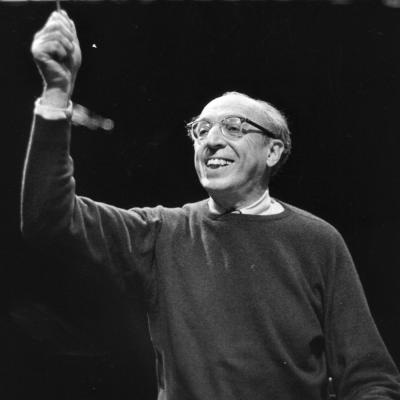Category: Arts
Frank Alvah Parsons
Frank Alvah Parsons was born April 1, 1866 in Chesterfield, Massachusetts. In 1901, after a period of European travel, Parsons moved to New York City where he pursued a degree in Art Education from Columbia University, graduating in 1905.
In the Classroom
Created by Akshaya Narayanan, Elizabeth Sanders and Carolyn Herrera- Perez
Allan Kaprow
Allan Kaprow was an American painter who taught at the New School during the 1970s. You can read about him here.
Oral History Interview with Benjamin Patterson
The following oral history transcript is the result of a recorded interview with Benjamin Patterson on 2009 May 22. The interview took place at Patterson's home in New York, N.Y., and was conducted by Kathy Goncharov for the Archives of American Art, Smithsonian Institution.
Kathy Goncharov
Kathy Goncharov was the director of the New School Art collection for about twelve years. You can read about her here.
Patrons of Progress
The Art Center's first curator Paul Mocsanyi, was responsible for more than a quarter-century of provocative exhibitions on art and social themes, and for an ongoing exhibition series, The Artist Thinking of Our Time, from 1987 to 2000, Kathleen Goncharov, the first curator hired with
A Teacher Who Lives His Lessons of Design: No Bare Walls or Tables, Just Balance and Serenity
A bare table—or wall-makes Stanley Barrows very nervous. In nearly 79 years of living, he has collected 4,000 books, 45 framed paintings and engravings, 60 pieces of porcelain, and in various sinuous positions of sniffing and leaping, a dozen small bronze whippets and greyhounds.
Essays on the Blurring of Art and Life
But there was another, morbid, side to his meaningfulness. To "die at the top" for being his kind of artist was to many, I think, implicit in the work before he died. It was this bizarre implication that was so moving. We remembered Van Gogh and Rimbaud.
Thomas Hart Benton, “Weighing Cotton”
As the first major Regionalist painting to enter the permanent collection, Thomas Hart Benton's Weighing Cottony 1939 (Fig. 1) significantly enhances the Art Gallery's ability to present a balanced view of American art in the years between the Depression and World War Two.
Sartre for the Twenty-First Century?
Jean-Paul Sartre (1905-1980) is considered by many to be the "philosopher of the twentieth century." He came to exemplify a certain form of public intellectual, what Bourdieu critically calls a "total intellectual," by virtually dominating French intellectual life (literature, philoso
Black-Music Concerts in Carnegie Hall, 1912-1915
"New York and the Colored People" was the general topic tor discussion yesterday at the March conference on the evils of pauperism held in the assembly hall of the United Charities Building, 106 East Twenty-second Street.
Music and Children
I have spent about forty years of my life at music, most of that time trying to find out what music can do for children; puzzling through the years; realizing what music has done for me; seeing how many people, equipped technically, having every opportunity, still come very far from r
Letters from America: Hans Weisse
Of all Schenker’s pupils and disciples, none was as important for the dissemination of his teachings as Hans Weisse. Weisse seems to be at the forefront of every initiative to promote his teacher’s work, whether as a private tutor, a public lecturer, or an ambassador of music theory.
David Mannes
David Mannes (1866-1959) was an American violinist, educator, and activist. He was born in New York City, and studied the violin with composer and violinist John Thomas Douglass, the son of a freed slave. His musical upbringing led to the establishment of two music schools.
In Search of Popular Culture: The 60s Legacy
Sondra Farganis, chairwoman of the social sciences at the New School for Social Research in New York City, supports the importance of popular culture as a course of study. She also believes it belongs in the sociology or history departments.
The Growing Necessity for the Vera List Center for Art and Politics
It may be the important arts organization you've never heard of, but the Vera List Center for Arts and Politics has become a pillar of a new type of artistic practice that is coming to define the 21st century.
French Satire and its 300-Year Bite: Art
According to Mr. Mocsanyi the show is the first in the United States to survey the "continuous flow" of French satire from the beginning of the 17th century to World War 1.
Clurman on the Theater, with Sweep and Passion: A Critic Who Was at Home on Both Sides of the Footlights
Harold Clurman always had stage presence, whether he was teaching, talking or simply going to the theater. Wherever he went, he was accompanied by a sense of theatrical history, which was an endemic to his personality and his silver-tipped cane and black velour hat.
The Guardian of New York’s Living Heritage: Panel Oversees Historic Districts with a Loving Eye
When Gerald and Beatrice Banu sought approval for refurbishing the cast iron balustrades that grace the front of their 114 year-old Greenwich Village brownstone, the New York City's Landmarks Preservation Commission quickly gave its approval.
Berenice Abbott Evokes City of 30s
With every year that passes, Berenice Abbott looks more and more like what she is-one of the great irreducible Americans and one who will be remembered as long as there is anyone around who wants to know what America stood for and what manner of people Americans were.
All About CORE
Twenty- Seven CORE Freedom Riders, many of them fresh from beatings with fists, boots and iron bars, stood in their cells in the Hinds County, Mississippi, jail and sang.
George Pitts
Multi-talented George Pitts taught photography at Parsons for two decades, from 1998 until his untimely death in 2017. He came to Parsons as the revolutionary, founding Director of Photography at Vibe magazine, where he worked from 1993 to 2004.
ParsonsPaper: What Students’ Illustrations Can Tell You
ParsonsPaper was a monthly student-produced newspaper that ran from 1976 to 1990, and was sponsored by the Parsons Student Council. The newspaper featured news, opinions, poetry, artwork and photographs contributed by Parsons students, faculty and administrators.
Processing the Michael Kalil Collection
The Temple bell stops
But the sound keeps coming out of the flowers– Basho
Indoor / Outdoor Space Engineer
“I had always seen architecture as landscaping.”
– Michael Kalil, “Seed Vision” interview, 1990
Tools of the Trades
In archival terms, this assemblage of objects is known as “realia”- ie. three-dimensional objects (man-made or naturally occurring) such as coins, tools, and textiles and anything else that cannot be described as a document.
Jeremiah B. Lighter: The Central Margin of 20th Century Book Design
They say that history is made in the margins. Or maybe they don’t say that, exactly, but it’s probably true, and one of the joys of working as a processing archivist is having the chance to explore (and to help others explore) these marginal histories.
Michael Kalil: An Introduction
“We dream faster than we can build and we build faster than we accept. We therefore invent the notion of the future until we accept what we have built.” -MK
Giuseppe Zambonini: Loft Utopia
There’s nothing less utopian and avant-garde than the New York City loft. A symbol of gentrification in Manhattan and Brooklyn, teeming with tech-bros and slumming Wall Street workers, when you see loft construction you can be sure that the artisanal mayonnaise shop won’t be far behind.
Vera Zolberg
Vera L. Zolberg, a pioneer of sociology of arts and memory studies, was born in Vienna in 1932.
Paul Mocsanyi
Paul Mocsanyi (in Hungarian, Mocsányi Pál) initiated and directed the New School Art Center for about 15 years.
Camilo Egas
One of Ecuador’s most important 20th century artists, Camilo Egas, built the first Art Department at the New School that included on its faculty Berenice Abbott, Stuart Davis, Yasuo Kuniyoshi, and Lisette Model during his 30 years of directorship.
Bob Adelman
Bob Adelman took photography classes with Alexey Brodovitch at the New School in the 1950s and became one of the photographers regularly documenting the life of the New School in the 1970s and 1980s.
Vera List
Vera Glaser List, daughter of a Latvian house painter, was one of the New School’s most generous, devoted, and faithful patrons. She was born in 1908 in Fall River, Massachusetts. The arts dominated her life, even though no one around her was very interested in or collected art.
Media Studies at The New School
In Spring 2014, Shannon Mattern’s graduate course in Media Studies, “Digital Archives + Institutional Memory,” investigated the history of Media Studies at the New School. The students created a Scalar-based online exhibition here.
Sondra Farganis
“Breaking the rules, taking risks comes at a price,” says Sondra Farganis, Director Emeritus of both the Vera List Center for Art and Politics (VLC) and the Wolfson Center for National Affairs at the New School (WC).
Bea Banu
You walk into her office on the ninth floor of Joseph Urban’s Modernist architectural masterpiece, Alvin Johnson/J.M. Kaplan Hall, at 66 W. 12th St. She gives you a warm smile with a firm, friendly handshake.
How Can We Use Our Art? An Investigation into the Copyright and Use Policies of The New School Art Collection
Once in a while, a team encounters a hitch during project making that opens up a new layer of investigation. That hitch, for us, came as we were gaining access to the famous Orozco murals on the 7th floor of 66 W. 12th Street.
America Today (and The New School) at the Met
The New School has its well-known triumphs, from the rescue of persecuted scholars that formed the University in Exile to its groundbreaking courses in film, psychoanalysis, and urban studies. But, as with most institutions, there is little attention to more controversial decisions.
The Science behind Fresco
One of the many reasons the New School is proud of the Orozco Room is the relative rarity of “true fresco” murals in the United States.
The Famous Faces of Parsons Fashion
The Parsons fashion design program has been the starting point for many of today’s industry leaders. Not many people know that before Tim Gunn was the host of Project Runway, he was the Chair of Fashion at Parsons School of Fashion.
The Monuments Men and Thomas Hart Benton
A New School masterpiece made an unexpected showing in the movie The Monuments Men (2014). The film was about the European artworks that the Nazis scoured away in mines during World War II, hoping to gather, own, and control civilization.
The Parsons Table
The Parsons table is not a physical object but an idea, the platonic ideal of a table, characterized by a simple form, unadorned, adaptable to any material, with legs as wide as the tabletop is deep.
Vinnette Carroll
It was during Gina Luria Walker and Ellen M. Freeberg’s Women’s Legacy class at the New School that I was introduced to Vinnette Carroll. Ellen Freeberg had come across Carroll’s name in the New School Archives.
66 W. 12th Street: The Dance Studio
The ceiling is painted black, excepting the reflecting area in the center and around the walls which are white. To the level of the tops of the doors, the walls are painted in colors, one section being orange and the next yellow with blue next to that and so on.
Margaret McKay Tee
Margaret McKay Tee was born in 1882 and raised in Pennsylvania until her family moved to Colorado. Following her education at Colorado College, she trained at New York’s Cooper Union and Columbia Teacher’s College, where she met Frank Alvah Parsons.
Berenice Abbott
American Photographer Berenice Abbott (1898-1991) was best known for her preservation of modern art and her documentation of New York’s ever-changing landscape.
Octavio Paz
Octavio Paz was born into a family of writers on March 31, 1914, in Mexico City. In 1933, he published his first collection of poems, Luna silvestre. Several years later, he founded and edited a literary magazine called Taller.
Harold Clurman
Harold Clurman (1901-1980) was a respected American theatrical director, actor and drama critic. He attended Columbia University and University of Paris where he received his degree in 1923. In 1924, Clurman made his acting debut as an extra with the Greenwich Village Theatre.
Seymour Lipton
Seymour Lipton was a sculptor who taught at the New School for Social Research from 1940 to 1965. You can read more about him here.
John Cage
Born in 1912, John Cage was an experimental composer and pioneer of indeterminacy in music, electroacoustic music, and the non-standard use of musical instruments. Cage is frequently lauded as one of the most influential composers of the 20th century.
Won Oscar as Bigoted Sheriff in “Heat of the Night”
Of all the Method actors who evolved from the Actors Studio and its tentacles, Rod Steiger, who died on July 9th aged 77, was arguably the most intense.
The Legacy of Jackson Pollock
The tragic news of Pollock’s death two summers ago was profoundly depressing to many of us. We felt not only a sadness over the death of a great figure, but also a deep loss, as if something of ourselves had died too.
The Stanislavski Method: Growth and Methodology
For this discussion of the Stanislavski System, Stanislavski’s teachings during the later period of his life will be examined first. This is where he radically changed his earlier techniques in favor of what is now known as the Stanislavski System.
Commencement Speech
First of all, welcome—parents, grandparents, siblings, cousins, and every member of every kind of extended family. So, here you are at last, class of 2010, about to graduate. But from what? First of all, of course, from a lifetime of being students.
Experience and Sculptural Form
I feel my work grows from the web of my entire experience. The traditions of art concern me, the formal aspects of the visual world; man as an individual and social being, the dynamics of historical flow, the anatomy of the body and of the mind.
Baraka: World Cinema and the Global Culture Industry
Through a discussion of Ron Fricke’s global documentary Baraka, this article calls for a recontextualization of ‘World Cinema” within the larger field of the contemporary global culture industry.
Politics as Pedagogy and Pedagogy as Politics
Ironically, one of the most legendary of early film curricula was never actually put into effect.
The Political Theater
In a conversation with Lania which had taken place about the time when we were founding our theater (I had put up Lania’s General Strike [Generalstreik] for performance at the Volksbuhne at the time of the English miners’ strike, because the subject and the form seemed to me worthy of
Art in Advertising
In the past, nations and people have given their thoughts and their feelings to the world in material things.
Art: Its Principles and Practice as Applied to Modern Life
Decided modifications of the National viewpoint on any subject are apt to come very gradually. Sometimes, however, a change takes place almost as rapidly as the opening of a flower over night, and an entirely new outlook is the result.
Architecture and Books
In spite of the radio and our national commitment to standardization and speed, we still need good books, and intelligent people want and read them.
Appreciation of Beauty Essential in Art
Broader every day grows the American’s conception of what art really is and of what it means to the social-economic questions arising daily. Art no longer finds its limits with the canvas of the artist painter, nor even is it confined to the “genuine antique” of a decade ago.
New Dance: Writings on Modern Dance
My dance is an art concerned with human values. It upholds only those values that make for harmony and opposes all forces inimical to those values.
Nature of Abstract Art
Before there was an art of abstract painting, it was already widely believed that the value of a picture was a matter of colors and shapes alone.
In the Tradition of Dissent: Music at The New School for Social Research, 1926-33
In his 2002 Reflections of an American Composer, Arthur Berger recalls that during the 1920s and 1930s, the musical landscape in New York appeared desolate for American art composers who found themselves “truly underground.” Among such bleak conditions, Berger identifies one bright oa
Theatre Arts in a Free Society
In a world of growing tensions, the subject of freedom for the theatre and its related arts necessarily gives us great concern.
Experimental Music
Formerly, whenever anyone said the music I presented was experimental, I objected.
A Boy’s Will: Excerpts
Oh, give us pleasure in the flowers today;
And give us not to think so far away
As the uncertain harvest; keep us here
All simply in the springing of the year.
Dynamic Symmetry
Student notes and drawings.
Norman Mailer: The Angry Young Novelist in America
Norman Mailer’s latest production, Advertisements for Myself, is a painful book to read not because the author is so grimly determined to unburden himself of all his grievances and resentments but because he reveals an aspect of himself as a writer that is not pleasant to contemplate.
“The Play’s the Thing”: A Polemic
Though other literary forms wax and wane, the novel, short story, diary, epic and such forever suffering favor or oblivion at the hands of the reading public, plays, it seems, are always out of fashion; unread by all but the very few, those generally drama students, sui generis, indef
How We Listen
We all listen to music according to our separate capacities. But, for the sake of analysis, the whole listening process may become clearer if we break it up into its component parts, so to speak. In a certain sense we all listen to music on three separate planes.
Professionals as Professors: Fashion before 1950
The Fashion Design program at Parsons has always been known for its professors and mentors, and the professors have always been industry professionals who bring the students outside of the classroom and into the real world.
Art Models in the 1960s
Art models at The New School offer an insight to the changes, discrepancies, and happenings at the New School during the 1960s. The New School Archives provides us with records of letters, receipts, and work forms pertaining to the models during the period.
A Brief History of Fashion Design at Parsons from 1950
Throughout the history of the Parsons fashion department from 1950-present there have been many important events that have helped shape the fashion department into the prestigious program that it is today.
The Spaces of the Dramatic Workshop
When the Dramatic Workshop separated from the New School, one of its main gripes was the lack of space. The records from 1943 show 20 full time students. This grew to 50 students by 1944 and 310 in 1946. Then there were the evening students – 440 in 1944, which grew steadily to 1,070 by 1947.
The Arts Curriculum, 1945-1960
The New School Bulletin 1945-1946
Art courses ranged from general, international art history, to
The Orozco Room
What could have been my feeling when Orozco, the greatest mural painter of our time, proposed to contribute a mural. All I could say was, ‘God bless you. Paint me the picture. Paint as you must. I assure you freedom.’
– Alvin Johnson
The Dramatic Workshop
In January 1940, Erwin Piscator, a German theater director, launched the Dramatic Workshop at the New School for Social Research. In its first semester the program had approximately twenty students for acting and twenty-five for directing.
Aaron Copland
Aaron Copland was one of the most respected American classical composers of the twentieth century. By incorporating popular forms of American music such as jazz and folk into his compositions, he created pieces both exceptional and innovative.
